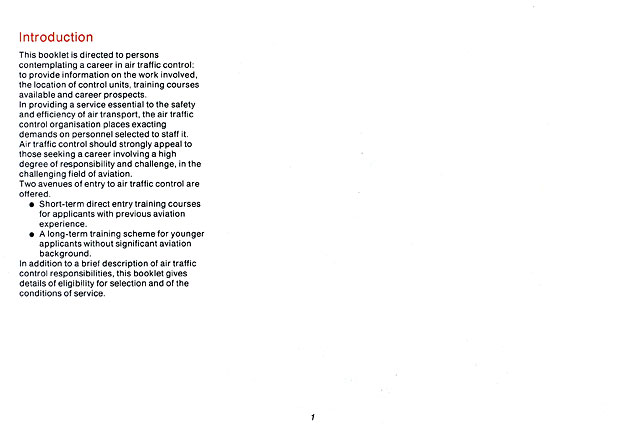
This chart
shows the extent of controlled airspace in red. In those days Control
Areas (CTA) were designed to encompass the procedural tolerances of the
applicable airway(s). This meant coordination with Flight Service for
any diversions off-track due to weather. Compared with a similar chart
from a decade earlier, there is much more CTA reflecting, primarily, the
expansion of domestic air services by jet aircraft.
The chart also shows the locations of ATC Units as black dots. Mt Isa Tower is no longer with us, but there are a few additional Towers these days. Compared with the 1960s, Proserpine and Port Hedland Towers are new. Proserpine still exists (c.2007), but Port Hedland closed in the 1990s.
The black spiky lines indicate Flight Information Region (FIR) boundaries - each FIR being run from its own Area Control Centre. Compared with the decade before, there are some slight boundary changes but the FIRs remain essentially the same. Today (c.2007) there are only two FIRs and Centres, Melbourne and Brisbane. Although Papua New Guinea had achieved independence in 1973, Australia still provided ATC services in that country.
An Air Traffic Controller could expect to be posted to any of these Units during their career, although postings to 'out-station' units were normally for a fixed period of 2-3 years, followed by a return to a capital-city Unit.
Note: Roll your cursor over various points on the chart to identify them.

NEXT >
Back to the main Air Traffic Services index